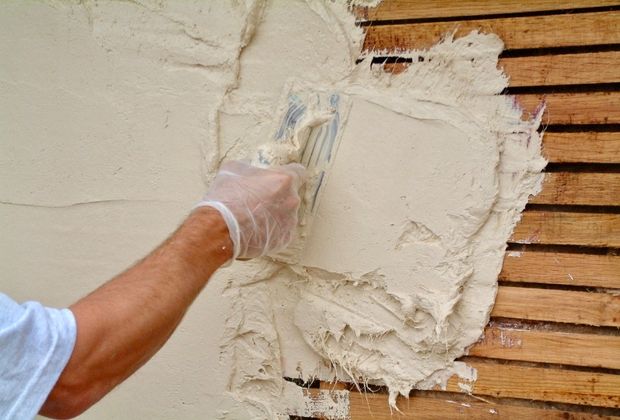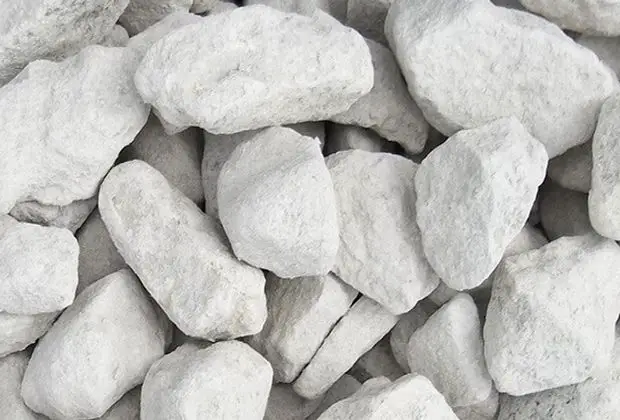What is Lime
Lime is a naturally occurring chemical compound which is composed of calcium oxide or calcium hydroxide. Lime is a white crystalline solid and it is manufactured by heating limestone or chalk, which are mainly composed of CaCO3, at elevated temperatures. There are 5 types of lime used in construction which are explained below.
Lime chemical formula – CaO
Lime is extensively used in industrial water treatment processes to manipulate the corrosion causing potential of the water.
Different Types of lime used in construction

There are 5 Different types of lime used in construction which are explained in detail below :
Quick lime
Quick lime is a type of lime which is obtained after calcination of pure limestone. Quick lime is the cheapest form of lime available among other types of lime which is highly amorphous and caustic, and having no affinity for carbonic acid.
Quick lime formula – CaO
Quick lime is the most important material which is used in water treatment process for drinking and it is one of the main ingredient in manufacture of cement.
Also Read – 14 Important Properties of stone
Slaked lime or Hydrated lime
Slaked lime or hydrated lime is a type of lime which is formed by absorption of water by quick lime.
Slaking of lime – The process of chemical combination of quick lime with water is known as slaking of lime.
Slaked lime formula or Hydrated lime formula – Ca(OH)₂
This type of lime is available as pure lime in the form of white powder. Adding quick lime and water gives slaked lime in form of slurry material which can used in plastering works and in cement as binder. It is also suitable for mortar applications.
Fat Lime
Fat lime is a type of lime which has high calcium oxide (95%) content and can set and become hard only in the presence of carbon dioxide from atmosphere.
Fat lime is perfectly white in colour and has high plasticity. Fat lime slakes rapidly with considerable evaluation of heat and its volume increases two to three times of its original volume during slaking.
Usually, fat lime takes very long time to develop adequate strength and used commonly used for white washing and plastering of walls.
Hydraulic lime
Hydraulic lime is a type of lime which has small quantities of silica, alumina and iron oxide,which are in chemical combination with calcium oxide. It can set and become hard even in the absence of carbon dioxide and can set under water. Hydraulic lime is also known as Water lime.
The hydraulic lime has following classification based on the percentage of clayey impurities in the form of silica,alumina and iron oxide.
- Feebly hydraulic lime – This type lime consists about 5 to 10% of clay content and used for white washing and colour washing.
- Moderately hydraulic lime – These types of lime consists about 10 to 25 % of clay impurities and these type of lime used for superior masonry work, because the mortar and concrete prepared by this lime is strong.
- Eminently hydraulic lime – This lime contains about 25 to 30% clay impurities and the mortar and lime concrete prepared from this lime is very useful for construction under water or in damp places.
Poor or Lean lime
This type of lime is contains more than 30 % of impurities in the form of silica,alumina and iron oxide. the mortar made from this type of lime is of poor quality, hence poor lime is used for inferior type of work.
Uses of Lime in construction
- Lime is used in the manufacturing of steel in order to remove the impurities.
- Large quantity of lime is required for Soil stabilization for construction of roads, airfields and building foundation.
- Lime slurry is used as mortar for masonry work and for plastering.
- Lime can be used as an additive in asphalt to improve the property of cohesion.
- Lime helps asphalt to increase its resistance towards stripping and aging.
Also Read – What is plaster? | Methods | Defects | Materials



